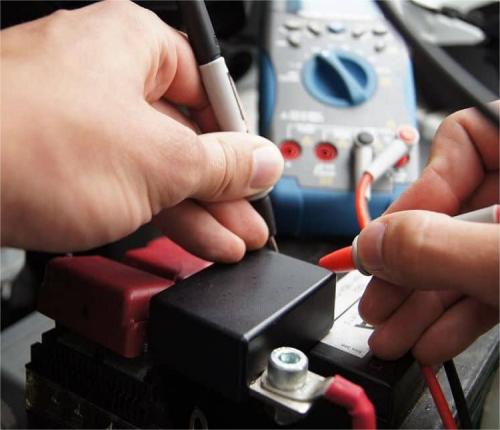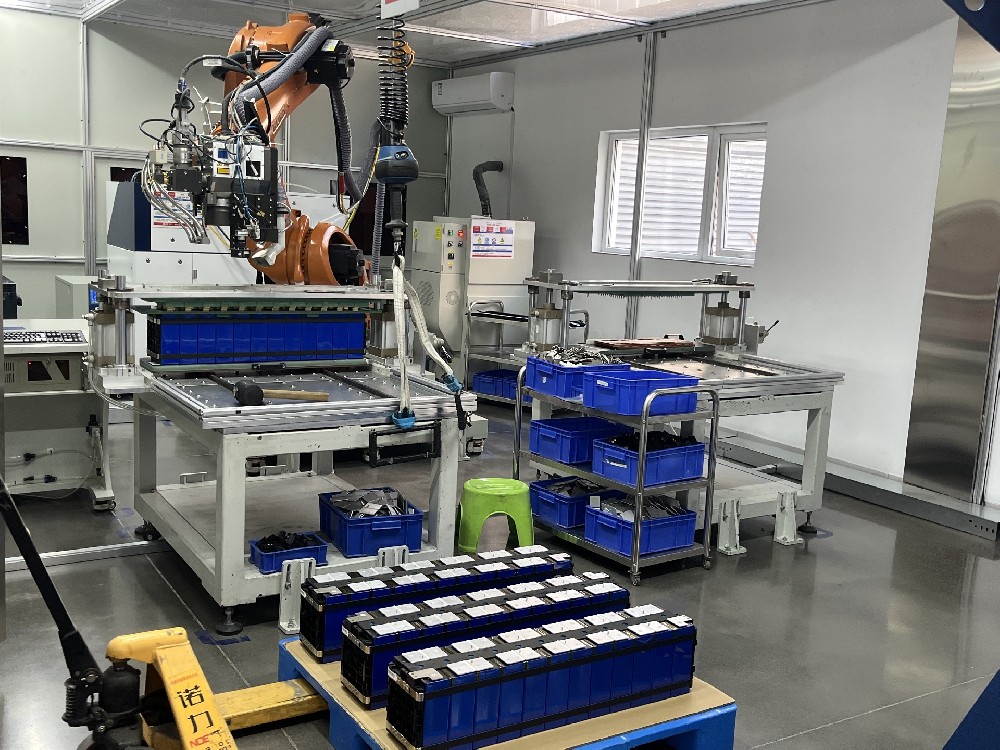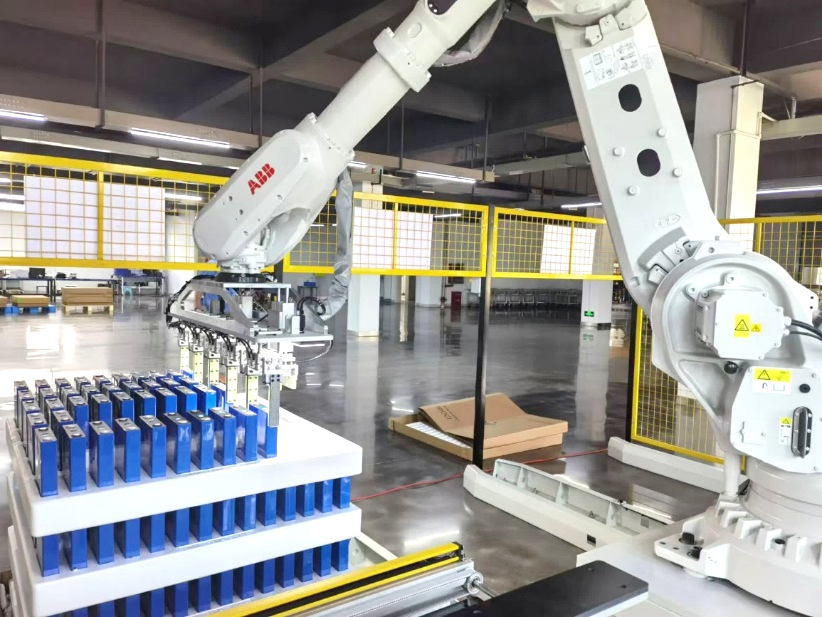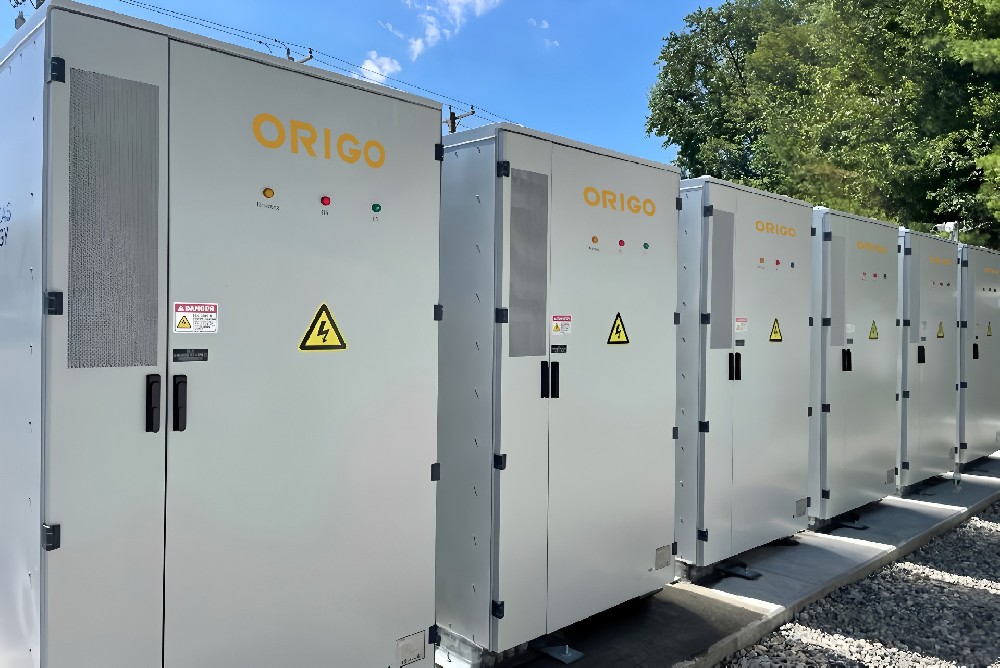Lithium-Ion Battery Care Guide
Battery technology based on materials and structure: It is moving towards the direction of high energy density, high safety, low cost and sustainability. Technologies such as solid-state batteries, high-nickel cathodes, silicon-based anodes, and lithium-metal batteries are the key focuses in the future.
1. Solid-state battery technology: All-solid-state batteries replace traditional liquid electrolytes with solid electrolytes, offering higher energy density, longer lifespan, and better safety. Many enterprises and research institutions (such as Toyota, QuantumScape, Solid Power, etc.) are accelerating their research and development, and some companies have entered the trial production stage.
Hybrid solid-state batteries: As a transitional solution, hybrid solid-state batteries combine the advantages of liquid and solid electrolytes and have been piloted in some electric vehicles.
2. High-nickel cathode materials: High-nickel ternary materials (NCM/NCA). To enhance energy density, battery manufacturers (such as LG Chem, Panasonic, CATL, etc.) are promoting the research and production of high-nickel cathode materials (such as NCM 811, NCA) to reduce the use of cobalt and improve battery performance.
Cobalt-free batteries: Companies like Tesla and Panasonic are developing cobalt-free batteries to reduce costs and decrease reliance on cobalt resources.
3. Silicon-based anode materials (silicon-carbon composite materials): The theoretical capacity of silicon-based anode materials is much higher than that of traditional graphite anodes, but there is an expansion problem. Through the silicon-carbon composite technology, battery manufacturers (such as Tesla, CATL, etc.) are gradually solving this issue and improving the energy density of the batteries.
4. Lithium metal batteries (lithium metal negative electrode): Lithium metal batteries have extremely high energy density, but there is a problem of dendrite growth. Through improvements in solid-state electrolytes and interface engineering technologies, the research and development of lithium metal batteries is accelerating (such as companies like SES and QuantumScape).
Lithium-sulfur batteries: Lithium-sulfur batteries have a theoretically high energy density, but there is a problem of short cycle life. Currently, many research institutions are addressing these issues through new materials and structural design.
5 (Commercialization Path of Sodium-ion Batteries): Sodium-ion batteries have low costs and abundant resources, making them suitable for energy storage applications. Companies such as CATL have already launched sodium-ion battery products, and they are expected to be widely used in energy storage and low-speed electric vehicles in the future.
6. New Electrolyte: By developing new electrolytes and additives, the fast charging performance and safety of the battery can be enhanced.
If you want to know more about lithium batteries, please consult info@lishenpower.com.







